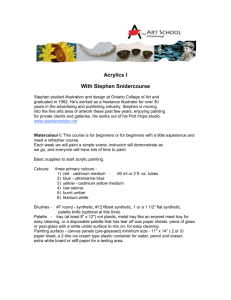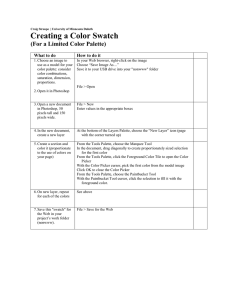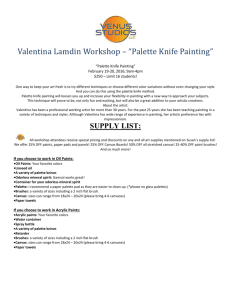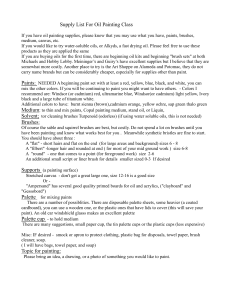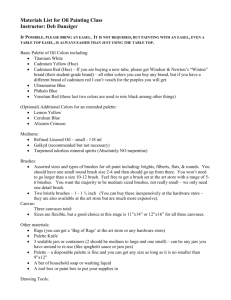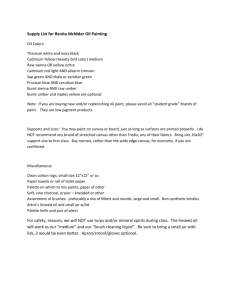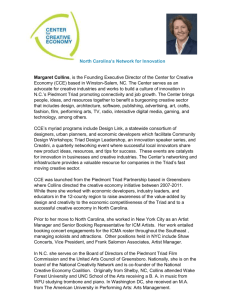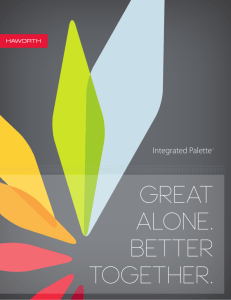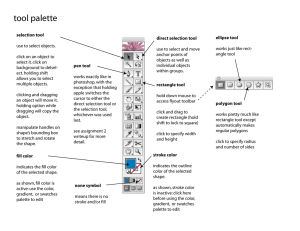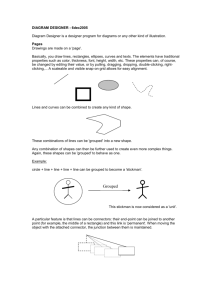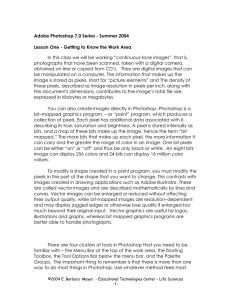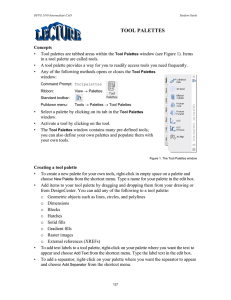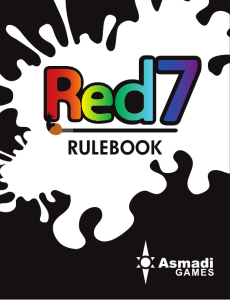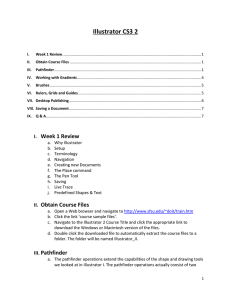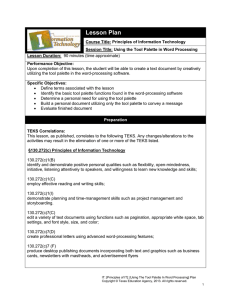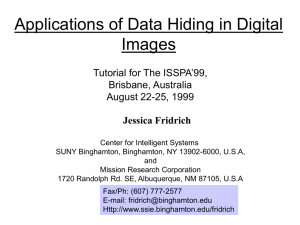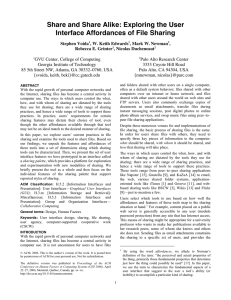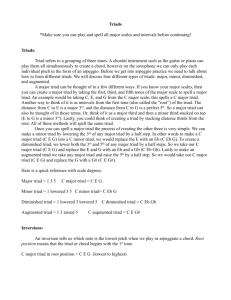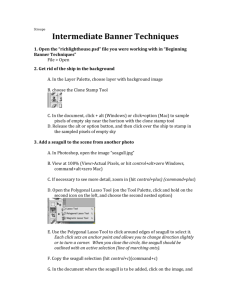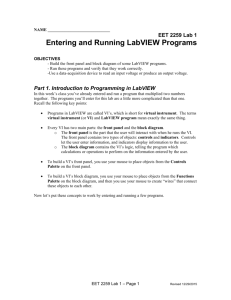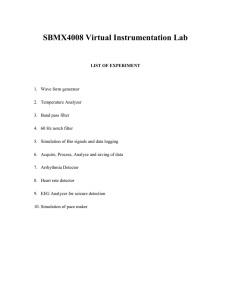click here! - Venus Studios Art Supply
advertisement
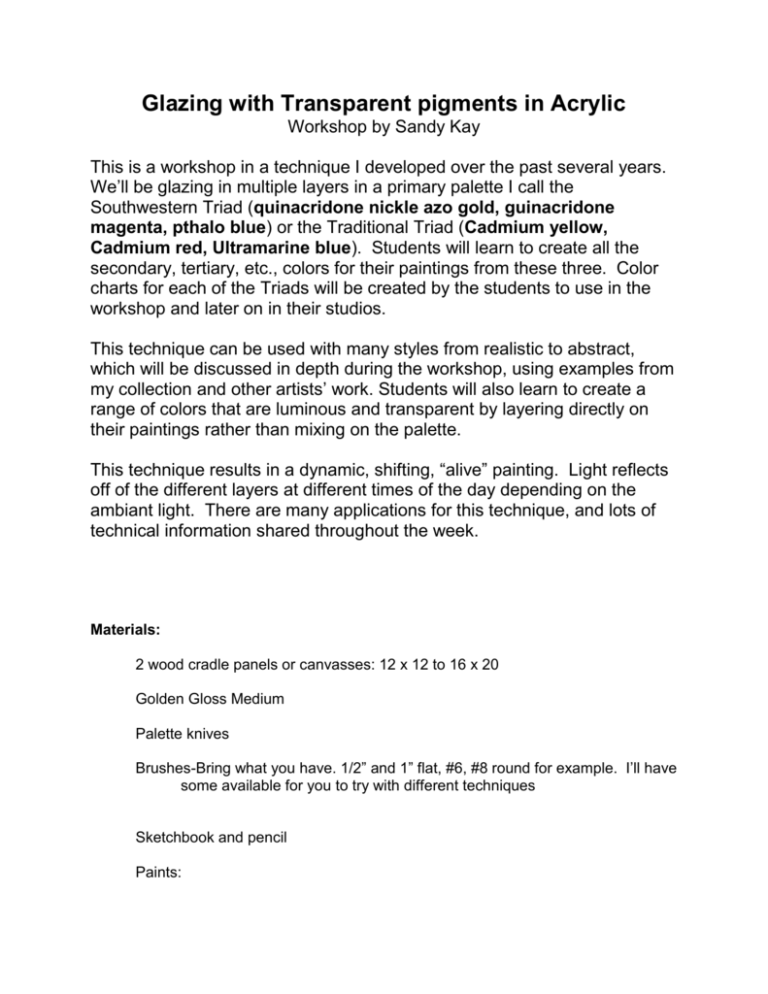
Glazing with Transparent pigments in Acrylic Workshop by Sandy Kay This is a workshop in a technique I developed over the past several years. We’ll be glazing in multiple layers in a primary palette I call the Southwestern Triad (quinacridone nickle azo gold, guinacridone magenta, pthalo blue) or the Traditional Triad (Cadmium yellow, Cadmium red, Ultramarine blue). Students will learn to create all the secondary, tertiary, etc., colors for their paintings from these three. Color charts for each of the Triads will be created by the students to use in the workshop and later on in their studios. This technique can be used with many styles from realistic to abstract, which will be discussed in depth during the workshop, using examples from my collection and other artists’ work. Students will also learn to create a range of colors that are luminous and transparent by layering directly on their paintings rather than mixing on the palette. This technique results in a dynamic, shifting, “alive” painting. Light reflects off of the different layers at different times of the day depending on the ambiant light. There are many applications for this technique, and lots of technical information shared throughout the week. Materials: 2 wood cradle panels or canvasses: 12 x 12 to 16 x 20 Golden Gloss Medium Palette knives Brushes-Bring what you have. 1/2” and 1” flat, #6, #8 round for example. I’ll have some available for you to try with different techniques Sketchbook and pencil Paints: Bring all the paints you have already. You will need a triad of the primary colours, red, blue, yellow and black and white. This is a class in technique, any triad will work. If you don’t have any paint, refer to first paragraph above. Course Description: This is a class in a technique I developed over the past several years. We’ll be glazing in multiple layers, creating colours by layering rather than mixing on the palette...creating clean clear colours rather than muddy. I’ll be doing my demo of a Tree pattern, seen below. However, this technique can be used with many styles from realistic to abstract, which will be discussed in depth during the workshop, using examples from my collections. Learn to create colors that are luminous and transparent by layering rather than mixing on the palette.
